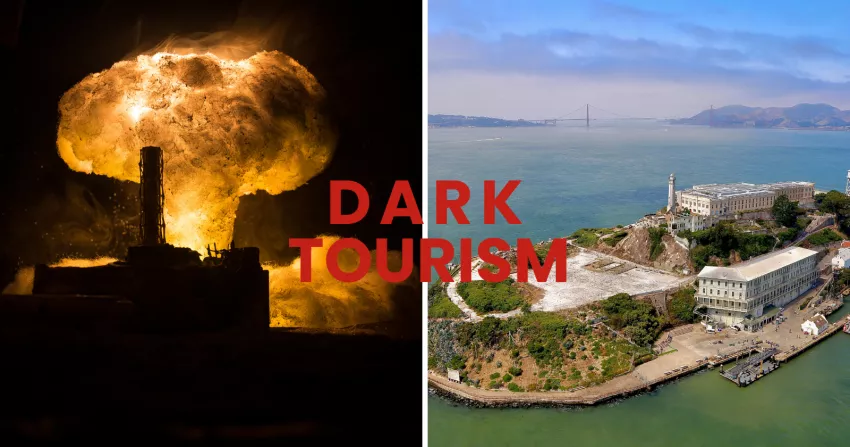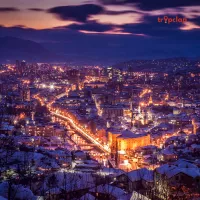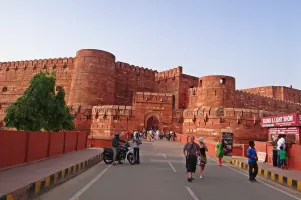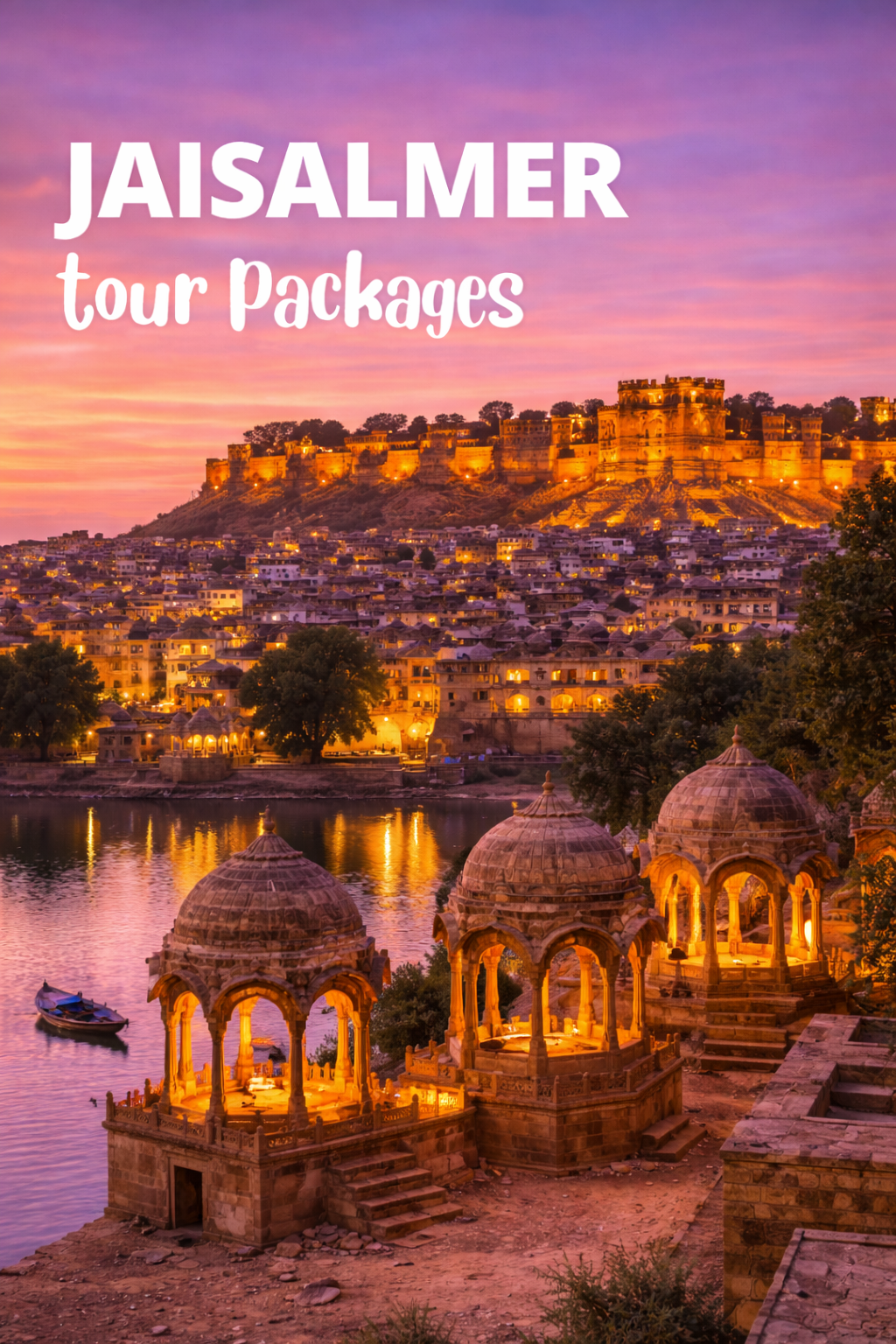Hi User
Navigation
Dark Tourism: Exploring Sites of Tragedy and Memory

Types of Dark Tourism
The Appeal and Ethical Concerns
Dark tourism appeals to individuals for various reasons. Many travelers are drawn by a desire to connect with history on a personal level, seeking to understand the past through firsthand experiences at sites of tragedy or conflict. For some, it offers an opportunity to reflect on human suffering and resilience, providing a space for education and empathy. This is particularly true for places like Auschwitz and Hiroshima, which serve as reminders of human atrocities and the hope for peace
Ethical Concerns
However, dark tourism also raises significant ethical concerns. Critics argue that it can commodify suffering, reducing tragic sites to tourist attractions and leading to disrespectful behaviors such as taking selfies at sensitive locations. Some tourists have been criticized for treating these spaces lightly, which undermines the solemn nature of the sites
Popular Dark Tourism Destinations
- Auschwitz, Poland
Auschwitz, Poland is one of the most infamous sites of dark tourism, symbolizing the atrocities of the Holocaust. Established in 1940 by Nazi Germany, Auschwitz became the largest concentration and extermination camp, where over 1.1 million people, primarily Jews, were murdered during World War II. The camp has since been preserved as a memorial to honor the victims and educate visitors about the horrors of the Holocaust.
Today, Auschwitz is a UNESCO World Heritage Site and one of the most visited dark tourism destinations in the world, with over 2 million visitors annually
- Chernobyl, Ukraine
Chernobyl, Ukraine is a major dark tourism destination, known for the devastating nuclear disaster that occurred on April 26, 1986. The explosion at the Chernobyl Nuclear Power Plant released massive amounts of radioactive material, leading to widespread contamination. The nearby city of Pripyat was evacuated, leaving behind an eerie ghost town that has remained largely untouched since the disaster.
Chernobyl attracts thousands of tourists each year, despite the lingering radiation. Visitors are drawn to the site to witness the abandoned structures, including the famous Ferris wheel and dilapidated buildings, and to learn about the tragedy and its long-term environmental and human impacts.
- Hiroshima Peace Memorial Park
- Ground Zero, USA
- Port Arthur Penal Colony, Australia
- Jallianwala Bagh, India
Each of these sites holds deep historical significance, providing visitors with the opportunity to reflect on the tragedies of the past while learning about the resilience of the human spirit. These places serve not only as reminders of suffering but also as educational hubs, ensuring that the lessons of history are not forgotten.
Conclusion
In conclusion, dark tourism provides a unique way for travelers to connect with significant historical events, particularly those associated with tragedy, death, and human suffering. It offers educational experiences that allow visitors to reflect on the past, while raising awareness about critical moments in history like the Holocaust, nuclear disasters, and violent conflicts
While these destinations serve as powerful reminders of human resilience, it is crucial for visitors to approach them with sensitivity, ensuring that they honor the memory of those affected and the lessons that history teaches us.



 February
February  March
March  April
April  May
May  June
June  July
July  August
August  September
September  October
October  November
November  December
December  January
January 




























